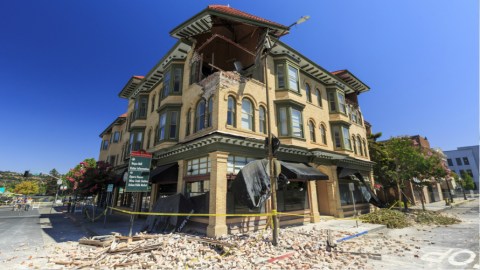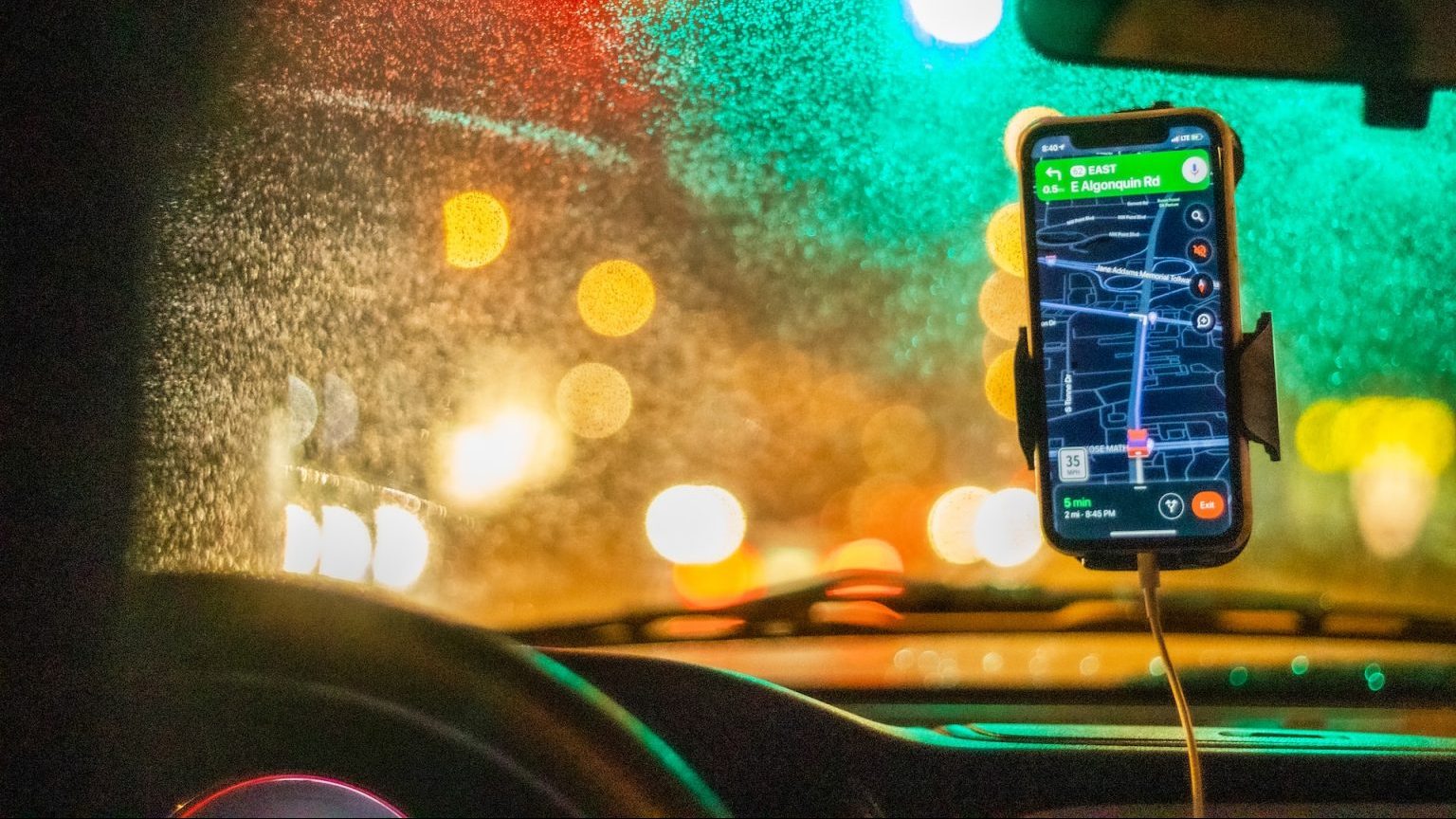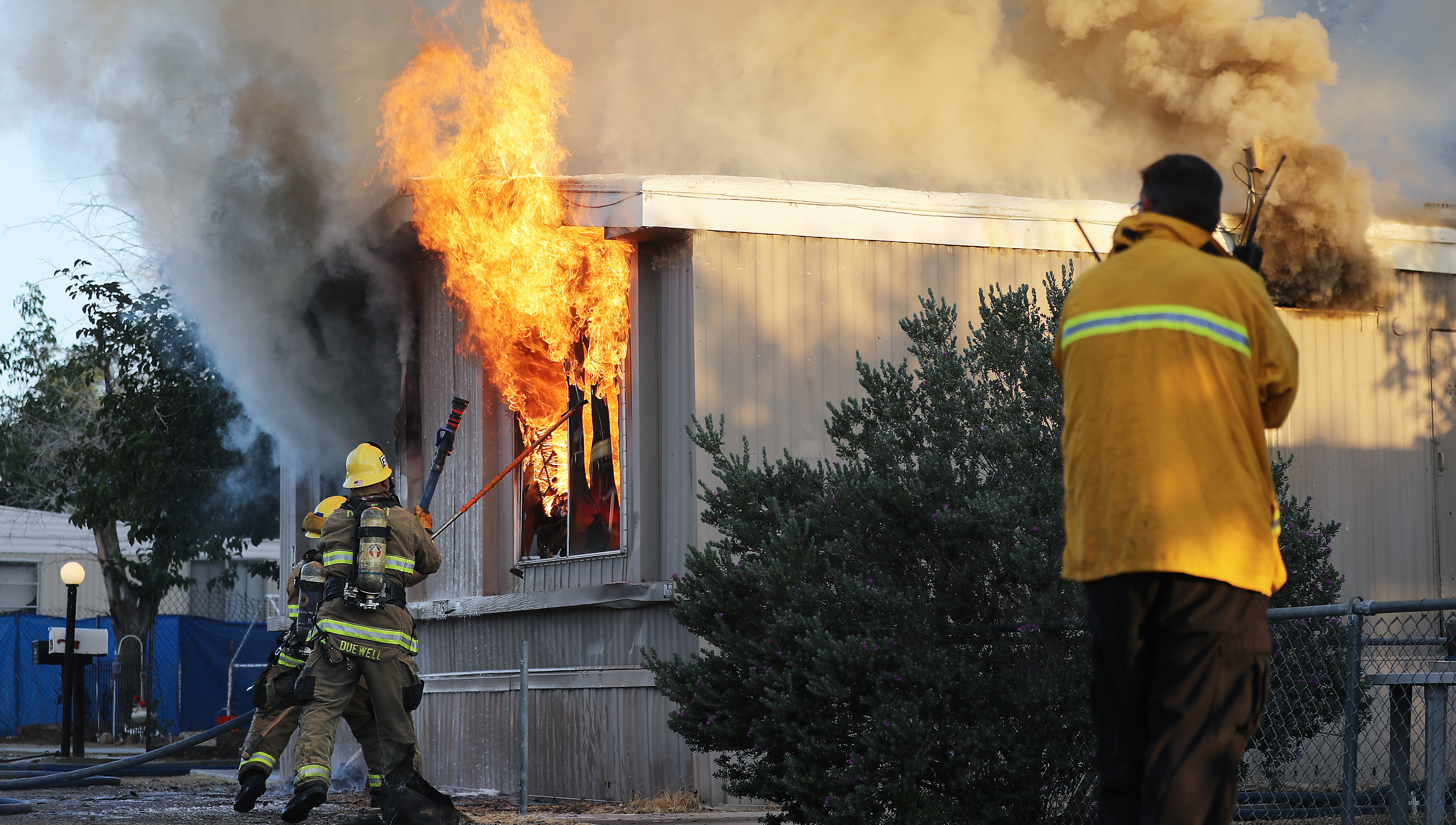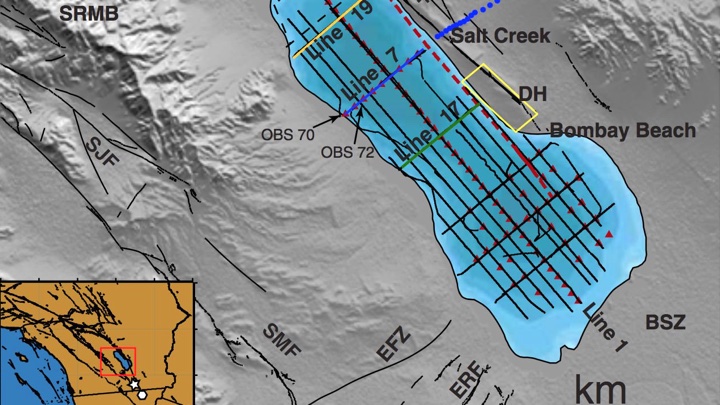Study: Your Smartphone Can Save You During an Earthquake

For all you Californians waiting on “the big one,” or anyone else residing near an active fault, the results of a new study suggest your smartphone could someday save your life during a catastrophic earthquake.
The authors of the study state that they have seen encouraging results from early uses of earthquake early warning (EEW) systems, which strive to “detect an earthquake’s initiation, estimate its location and magnitude, and alert people and automated systems to imminent shaking.”
You can probably imagine how helpful it would be to alert the population ahead of a major natural disaster. Even 30 seconds of notice could be the difference between taking shelter and being stuck in a dangerous location. The problem, according to the study’s authors, is that installing EEW infrastructure in at-risk earthquake zones is very expensive and not nearly as sexy a sell to the public as something like a publicly financed playground for rich peoplesports stadium.
Thankfully, the emergence of smartphones, crowdsourcing, and other forms of exponential technology could soon lead to the development of mini EEW devices located in your jeans pocket. Here’s how the authors put it in the study abstract:
“Common consumer devices such as smartphones contain low-cost versions of the sensors used in EEW. Although less accurate than scientific-grade instruments, these sensors are globally ubiquitous. Through controlled tests of consumer devices, simulation of an Mw (moment magnitude) 7 earthquake on California’s Hayward fault, and real data from the Mw 9 Tohoku-oki earthquake, we demonstrate that EEW could be achieved via crowdsourcing.”
The researchers determined that current smartphones could immediately be used in an imperfect-but-better-than-nothing EEW system. The same technology that makes your phone a mini GPS would allow it to serve as both a transmitter and receiver of earthquake-related information. Further software developments could then improve a wider-scale EEW, which could draw more precise data from the sensors.
Check out the study at Science Advances to learn more.
Below, seismologist Arthur Lerner-Lam explains why it’s a near certainty that “the big one” will hit California in the next few decades:
Photo credit: Kit Leong / Shutterstock





